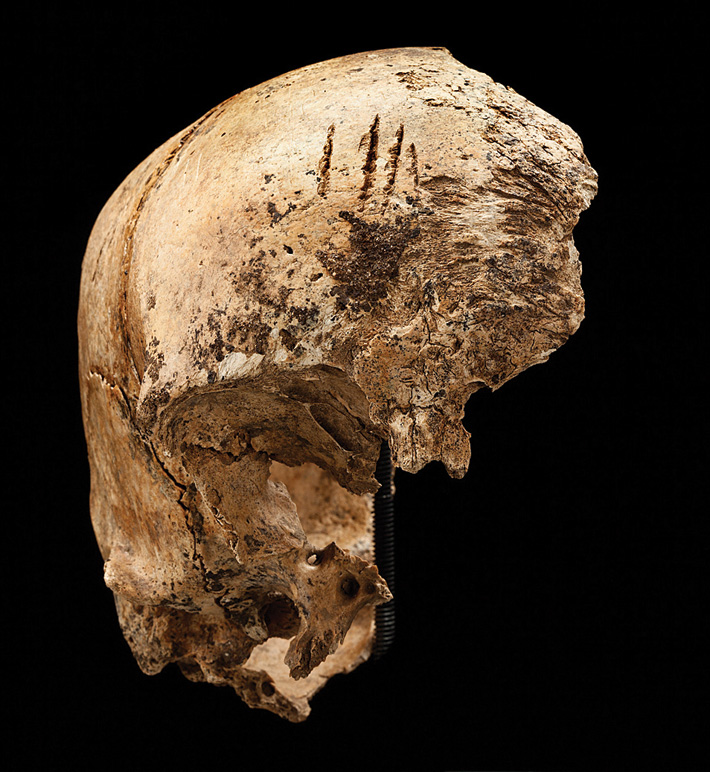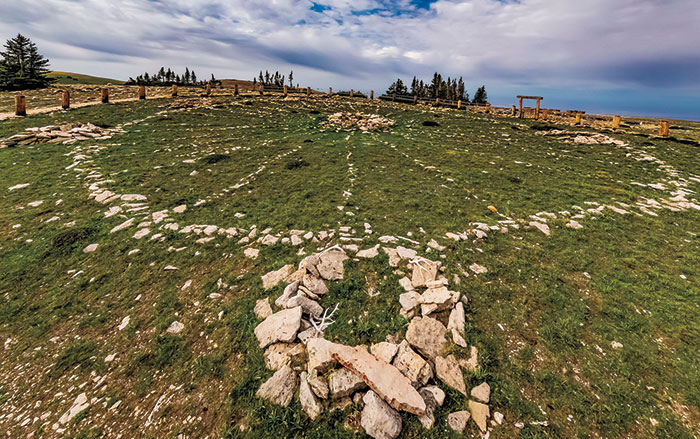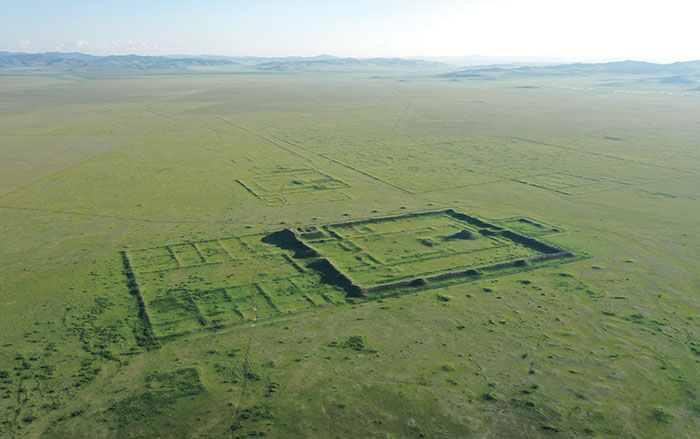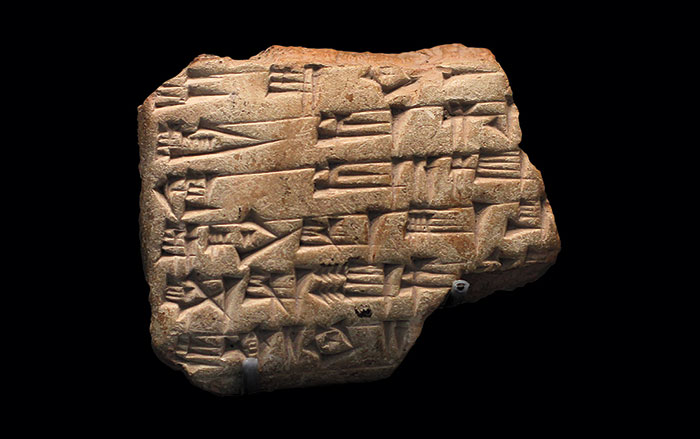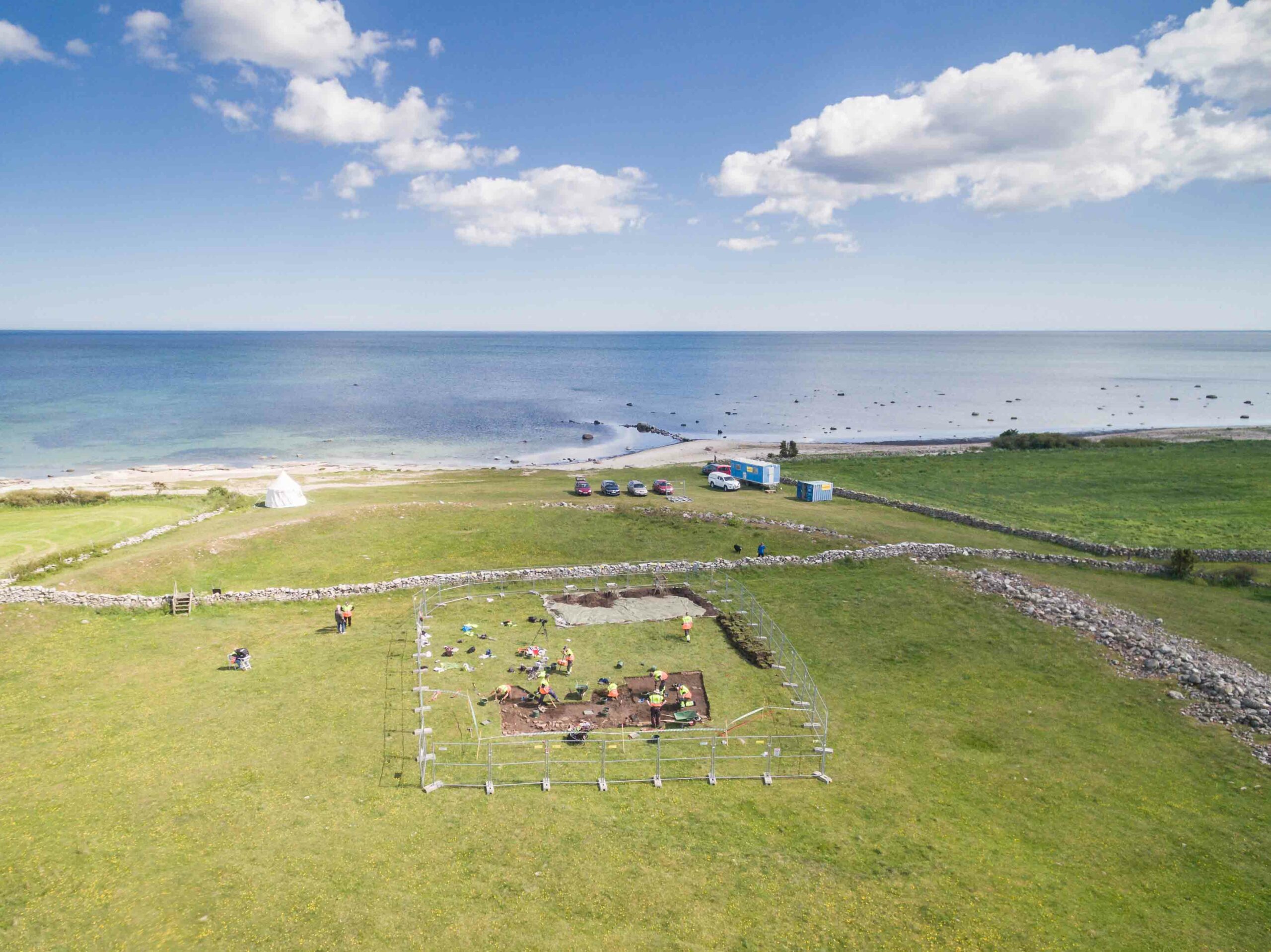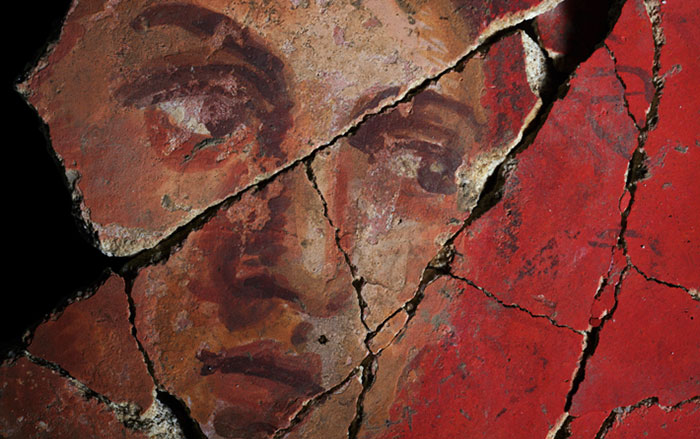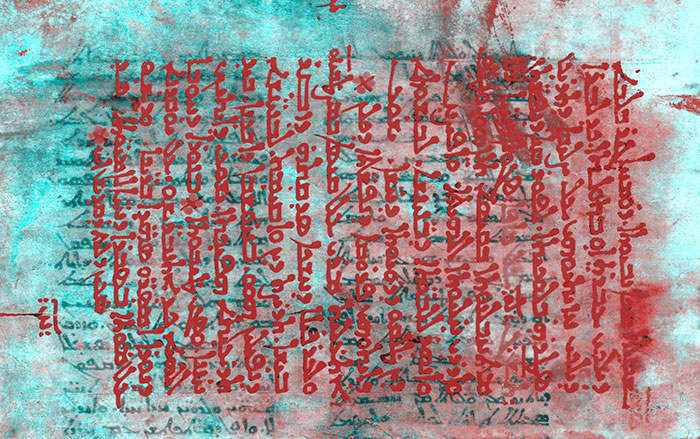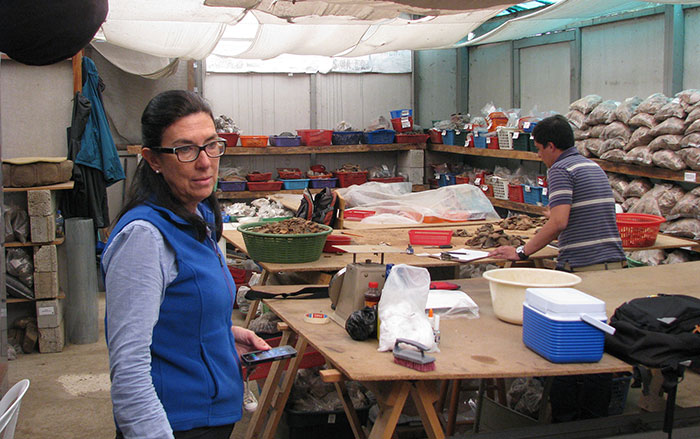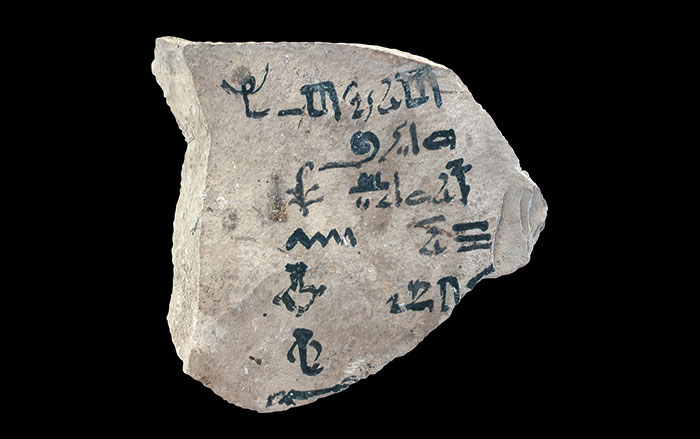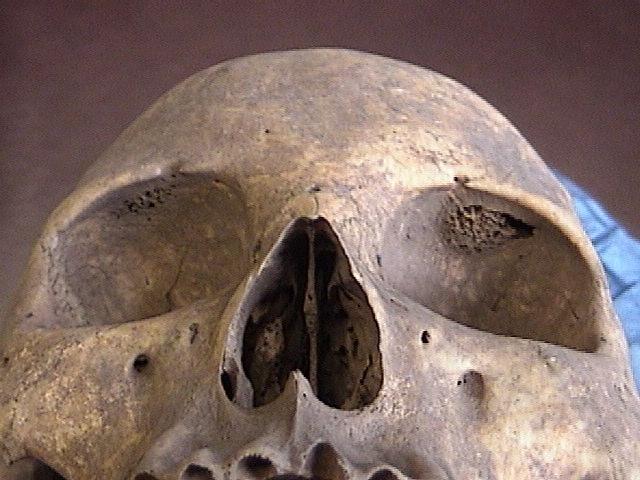
RALEIGH, NORTH CAROLINA—Cribra orbitalia (CO), a condition in which the bone inside the eye sockets becomes porous, can be caused by iron deficiency anemia and is often used by anthropologists to assess the health and diet of prehistoric populations. It had been thought that this condition might have gone extinct, but when anthropologists from North Carolina State University and the University of the Witwatersrand examined 844 modern, historic, and prehistoric human adult and juvenile skulls for the prevalence of CO, they were surprised to find higher rates of CO in modern populations in both North America and South Africa. “We thought we might see some CO, but not to the extent that we did. The high rates may stem from the fact that these remains were part of forensic cases—they were often related to cases of homicide or neglect,” Ross said in a report in India Today. The team suggests that access to adequate nutrition and the presence of intestinal parasites are still problems for disadvantaged socioeconomic groups and parts of the developing world. To read in-depth about the bioarchaeology of disadvantaged people in nineteenth-century London, go to "Haunt of the Resurrection Men."


